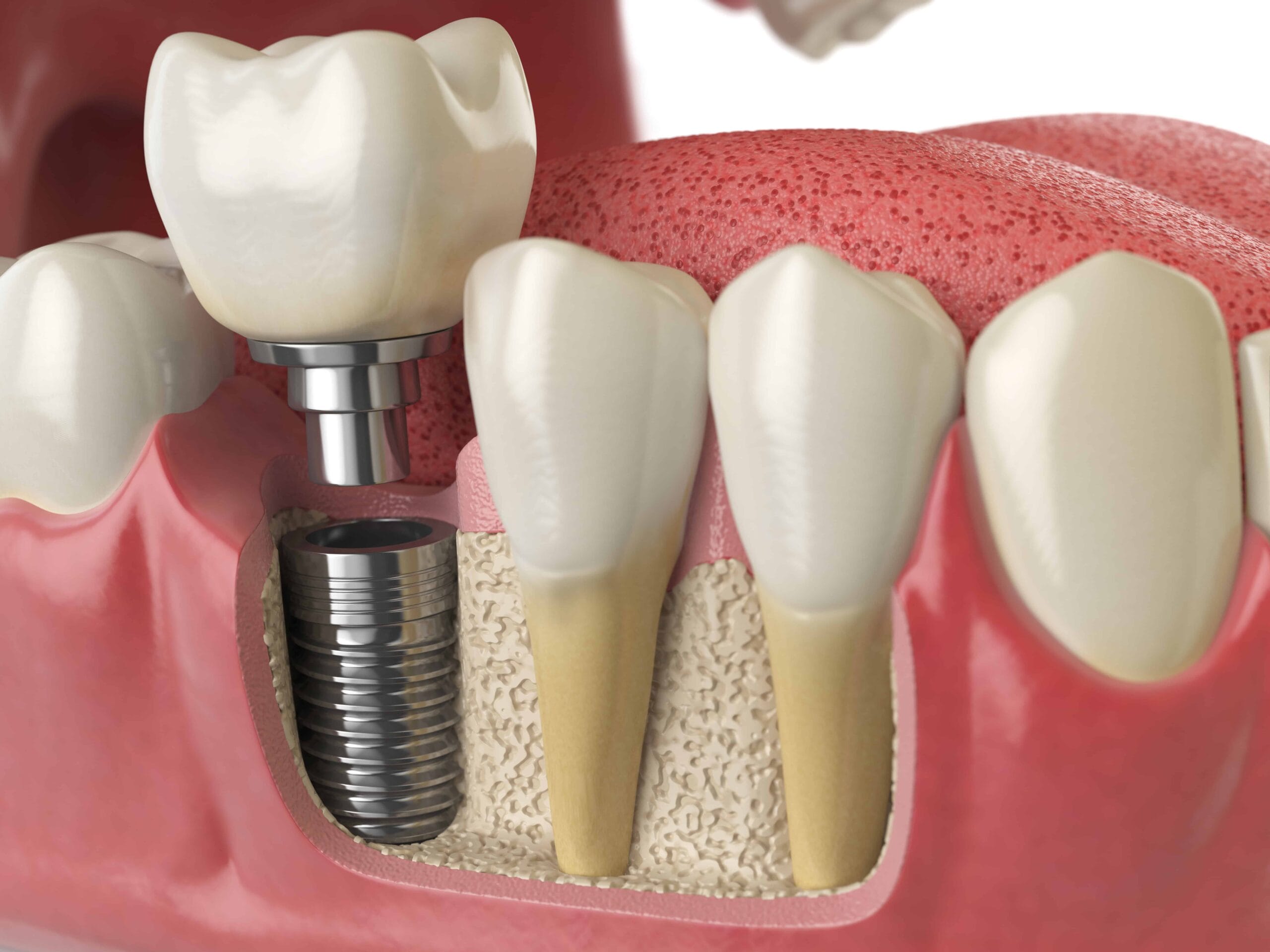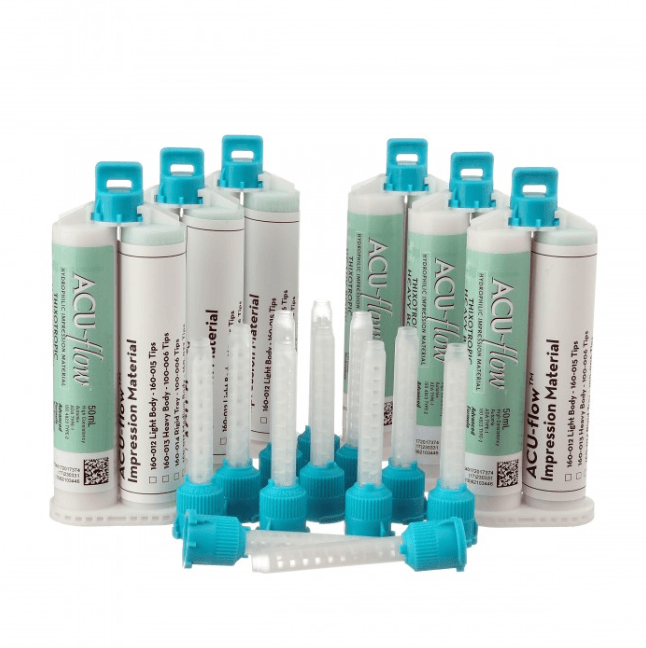Your teeth are coated with a protective layer of enamel, the hardest substance in the human body. However, this shield is not invincible, and enamel erosion can occur when acids wear away this precious armor, leaving your teeth vulnerable to sensitivity, discoloration, and even tooth loss. In this comprehensive guide, we’ll unravel the mysteries behind enamel erosion, exploring its common causes and providing practical tips to maintain a radiant, everlasting smile.
Understanding Enamel Erosion: A Silent Threat
Enamel erosion is a gradual process that occurs when acids from various sources come into contact with your teeth, dissolving the enamel layer. Unlike tooth decay, which is caused by bacteria, enamel erosion is a purely chemical process. It’s a silent threat that can go unnoticed until significant damage has already occurred.
Common Causes of Enamel Erosion
1. Dietary Acids: A Delicious Danger
One of the primary culprits behind enamel erosion is the consumption of acidic foods and beverages. These include:
- Citrus fruits (oranges, lemons, grapefruits)
- Soft drinks (including diet varieties)
- Sports and energy drinks
- Fruit juices
- Vinegar
- Wine
The acids in these items can soften and dissolve the enamel, making it more susceptible to wear and tear. Imagine leaving a metal spoon in a glass of lemon juice overnight – the acid would gradually corrode and weaken the metal, just as dietary acids can erode tooth enamel over time.
2. Gastric Acids: A Reflux of Trouble
Conditions like gastroesophageal reflux disease (GERD), bulimia, and chronic vomiting can expose the teeth to stomach acids, which are highly erosive. These acids can dissolve the enamel, leading to significant tooth damage.
Picture accidentally spilling a bottle of hydrochloric acid on your kitchen counter – the corrosive nature of the acid would quickly eat away at the surface. Similarly, stomach acids can have a devastating effect on tooth enamel if they frequently come into contact with the teeth.
3. Dry Mouth: A Lack of Saliva’s Protective Powers
Saliva plays a crucial role in neutralizing acids and remineralizing tooth enamel. However, conditions like dry mouth (xerostomia) or certain medications can reduce saliva production, leaving the teeth more vulnerable to acid attacks.
Think of saliva as a natural buffer, much like baking soda can neutralize acids in your kitchen. Without this protective buffer, acids can more easily erode the enamel.
4. Environmental Factors: Occupational Hazards
Certain occupational or lifestyle factors can also contribute to enamel erosion. For example, swimmers who spend extended periods in chlorinated pools or workers exposed to acidic fumes or chemicals may experience increased enamel wear.
Just as acid rain can gradually erode stone structures, prolonged exposure to acidic environments can have a similar effect on tooth enamel.
Preventing Enamel Erosion: Protecting Your Pearly Whites
While enamel erosion is irreversible, there are several steps you can take to prevent further damage:
- Limit acidic foods and beverages: Reduce your consumption of citrus fruits, soft drinks, and other acidic items, or consume them with meals to minimize acid exposure.
- Rinse with water: After consuming acidic foods or drinks, rinse your mouth with water to help neutralize the acids and remove any residue.
- Maintain good oral hygiene: Brush twice a day with a fluoride toothpaste and floss regularly to remove plaque and promote remineralization.
- Use a remineralizing toothpaste: Look for toothpastes containing ingredients like stannous fluoride or amorphous calcium phosphate, which can help strengthen and remineralize enamel.
- Seek treatment for underlying conditions: If you suffer from GERD, bulimia, or dry mouth, consult your healthcare provider for appropriate treatment to manage these conditions and protect your teeth.
- Wear protective gear: If you work in an environment with acidic fumes or chemicals, wear appropriate protective equipment to minimize exposure.
The Impact on Dental Health and Patient Education
Enamel erosion can have significant consequences for dental health if left unchecked. As the protective enamel layer wears away, the underlying dentin becomes exposed, leading to sensitivity, discoloration, and an increased risk of cavities and tooth loss.
By educating patients about the common causes of enamel erosion and providing practical tips for prevention, dental professionals can empower individuals to take proactive steps towards maintaining a healthy, long-lasting smile.
Analogies and examples can be powerful tools in patient education. For instance, comparing the effects of acidic beverages on tooth enamel to the corrosive effects of vinegar on metal can help patients visualize the potential damage and understand the importance of moderation.
Similarly, likening saliva to a natural buffer can help patients appreciate the role of good oral hygiene and adequate hydration in protecting their teeth from acid attacks.
By breaking down complex dental concepts into relatable analogies and real-world examples, dental professionals can bridge the knowledge gap and foster a deeper understanding among patients, ultimately promoting better oral health practices and outcomes.
Conclusion
Unveiling the mysteries of everlasting enamel requires a comprehensive understanding of the common causes of erosion, including dietary acids, gastric acids, dry mouth, and environmental factors. By implementing preventive measures and educating patients through the use of analogies and examples, dental professionals can play a crucial role in preserving the integrity of tooth enamel and promoting lifelong dental health.
Remember, your enamel is a precious asset – treat it with care, and it will reward you with a radiant, everlasting smile.
Early signs of tooth enamel erosion include increased sensitivity to sweet, hot, or cold foods and drinks, a change in tooth color, and edges of teeth becoming more rough or irregular.
While lost tooth enamel cannot be regenerated, dental treatments such as fluoride applications, bonding, crowns, or veneers can help protect the remaining tooth structure and restore function and aesthetics.
Yes, foods high in sugars and acids like citrus fruits, soda, sticky candy, and sports drinks are known to contribute significantly to enamel erosion. It’s best to consume them in moderation and follow up with good oral hygiene practices.
Fluoride helps prevent tooth enamel erosion by promoting remineralization, which strengthens the tooth surface and makes it more resistant to acid attack from plaque bacteria and sugars in the mouth.
While it’s difficult to prevent tooth enamel erosion entirely due to natural wear and factors like aging, you can significantly reduce the risk by maintaining good oral hygiene, eating a balanced diet, avoiding excessive consumption of acidic and sugary foods, using fluoride toothpaste, and visiting your dentist regularly for check-ups and professional advice.
Enamel erosion can result from various factors including dietary choices, saliva production issues, gastrointestinal problems, medication side effects, genetic factors, bruxism, dental alignment, oral care habits, life stage, and nutritional deficiencies.
Preventive measures include minimizing acidic foods and drinks, chewing sugar-free gum, eating calcium and phosphate-rich foods, managing GERD, avoiding dry mouth-inducing medications, using a night guard for bruxism, and ensuring a diet rich in essential vitamins and minerals.
Symptoms include loss of tooth surface, sensitivity to temperature and sweetness, and tooth discoloration. If untreated, it can lead to cavities, tooth sensitivity, and staining.
While enamel can’t regrow, dentists can restore damaged enamel with treatments like fluoride therapy, dental bonding, tooth-colored fillings, dental crowns, root canal therapy, and tooth replacement options.
Enamel care has evolved from ancient rudimentary methods to modern advanced techniques. Historical practices have greatly influenced contemporary approaches, underscoring the importance of oral health across different cultures and eras.














